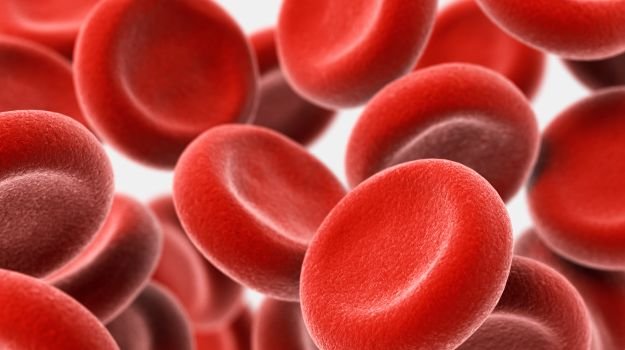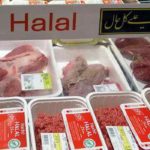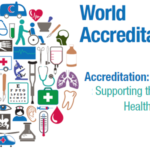
Anaemia is a condition in which the blood doesn’t have enough healthy red blood cells to carry oxygen to the tissues. It may be mild and manifest as tiredness and weakness. Severe affliction manifests as severe tiredness, heart palpitations, lack of breath, dizziness, swollen feet and leg pains.
Diet
Iron deficiency is the most common cause of anaemia. A lack of the following in your diet may trigger anaemia: red meat, organ meats, fish, poultry and green vegetables. Liver is the richest source of iron, However, if consumed during pregnancy, an excess of vitamin A may result in birth defects.
Absorption
Iron deficiency can still occur when the diet is iron rich, because the body does not absorb iron easily. Tannin in tea and phytic acid in bran and brown rice can hamper iron absorption. Iron is more easily absorbed from animal sources, such as meat and fish, as opposed to plant sources, such as leafy greens, grains and pulses. However, absorption is improved if meals are accompanied by a source of vitamin C taken with a meal, e.g. tomato salad and orange juice. Fortified breakfast cereals are a useful source of iron.
Types of Anaemia
Various factors may trigger anaemia:
- Poor diet
- Loss of blood, including through heavy menstruation, bleeding ulcers or cancer.
- Diseases which break down red blood cells faster than the replacement rate.
- Inability to absorb vitamin B12.
People at Risk
- Adolescent girls and women during their reproductive years.
- Toddlers, as milk based diets may be low in iron.
- Vegetarians risk vitamin B12 deficiency as it is not found in plants.
If anaemia is identified treat it with extra iron, folate and vitamin B12 – under medical supervision. A well balanced diet should prevent recurrence.










